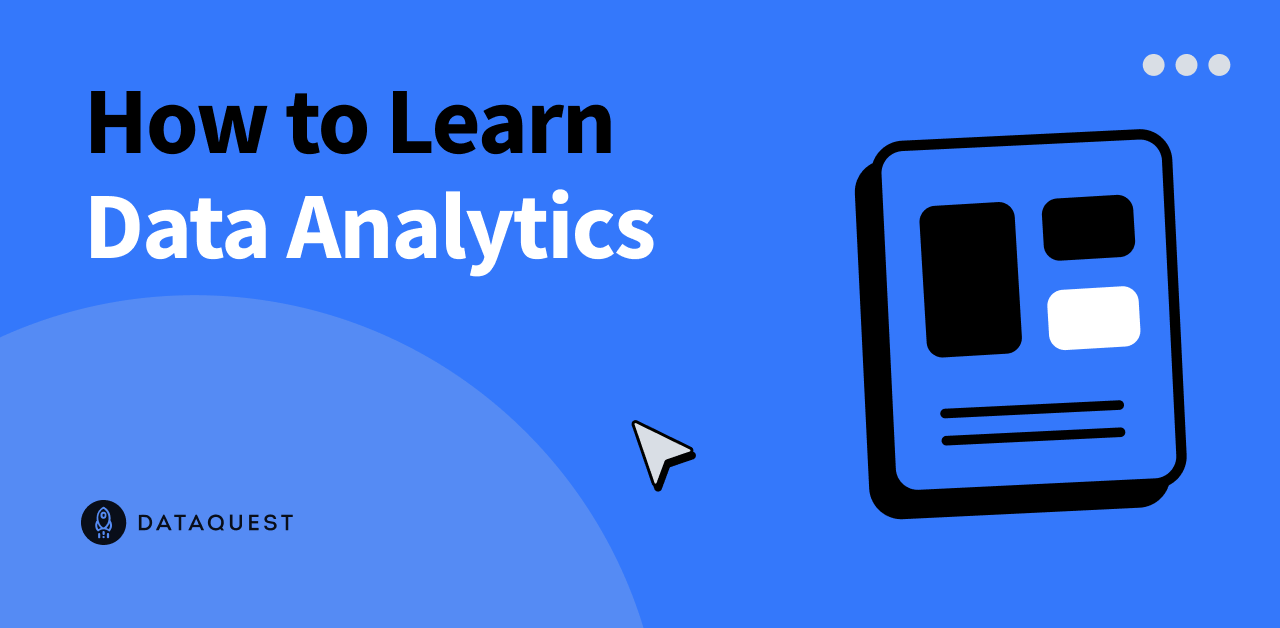There are a lot of benefits of incorporating AI into the healthcare sector. One of these advantages is that it can help promote greater racial equality.
How Can AI Help Improve Equality?
We have talked about some of the unintended consequences of using AI and data analytics. These include the fact that it can lead to unintentional discrimination.
Zhisheng Chen, a professor of the College of Economics and Management at Nanjing University of Aeronautics and Astronautics in Nanjing, China, discussed this issue in his study “Ethics and discrimination in artificial intelligence-enabled recruitment practices,” which was published in the Nature Journal last year.
However, data analytics and AI can also have a positive impact on fighting discrimination. They can play a pivotal role in combatting unintentional discrimination by providing objective insights into patterns and trends within datasets. By leveraging these technologies, organizations can identify hidden biases and disparities in decision-making processes, enabling them to implement targeted interventions to mitigate discrimination. Additionally, AI algorithms can be trained to recognize and rectify biased patterns, fostering fairer outcomes across various domains such as hiring, lending, and criminal justice.
Through advanced data analysis techniques, data analytics and AI empower decision-makers to proactively address systemic biases, promoting inclusivity and fairness. These technologies enable organizations to detect and rectify discriminatory practices, leading to more equitable outcomes for individuals from diverse backgrounds. By leveraging data-driven insights, institutions can establish transparent and accountable processes, fostering trust and confidence among stakeholders while striving towards a more just society.
Of course, it is important to make sure that AI programs are designed to avoid unintentional biases. We talked about this in our post on using Kronos with AI to fight biases.
Specific Benefits of Using AI to Improve Equality in Healthcare
Minority patients consistently experience worse healthcare outcomes than white patients. The maternity mortality rate for black mothers is almost three times higher than it is for white mothers. The reasons behind statistics like this are always multifaceted. For example, black women often have more limited access to prenatal care. It’s during this time that many life-threatening pregnancy conditions are identified and addressed.
Nevertheless, the numbers don’t lie. The standard of care in the United States looks different for minorities. Why is that, and what can be done about it?
In this article, we take a look at patient outcome discrepancies and examine how a concept called “evidence-based nursing” may be able to help address the problem.
How Prominent is Healthcare Bias?
The concept of healthcare bias is complex and very sensitive. As a society, we tend to look at healthcare workers as heroes. The idea that they are also perpetuating systemic bias is incongruous with that sentiment. What is true?
The answer is nuanced. There are not many overt racists working in the healthcare system. The actual problem stems from a lack of multicultural understanding. The vast majority of doctors and nurses are white.
While they try to administer the highest possible level of care to all of their patients, there is a higher rate of mistakes and preventable health complications with ethnic minority patients. Communication is often at the heart of these problems.
Here’s a breakdown:
- Healthcare workers may struggle to relate directly to patients from a much different background from their own. They may understand the medical condition that the person is suffering from, but they may be less attuned to the subjective elements of providing care— particularly when the patient describes comfort or symptom experiences.
- Concerns may be minimized. One of the most common complaints minorities dealing with the healthcare system often voice is that they struggle to have their concerns taken seriously. Sometimes, this leads to symptoms being ignored until they develop into something more serious.
- Interpersonal challenges. Having a good personal relationship with the person administering care— particularly in patients struggling with chronic conditions—has been shown to improve patient outcomes. Unfortunately, this dynamic is often harder to achieve for patients dealing with care providers who don’t understand them on a personal level.
Ultimately, these challenges are not exclusive to minorities. Everyone struggles a little bit within the healthcare system. Everyone is ultimately forced to be their own advocate, even in situations where it seems no one will listen to them.
However, the rate at which these problems are experienced by minority populations is demonstrably higher. What is evidence-based care, and how can it help?
What is Evidence-Based Nursing?
Explaining evidence-based nursing to someone who has never heard of it before can be a little jarring. The reason? Most people justifiably assume that it’s simply the standard of care. Something so simple and fundamental that it shouldn’t even require a name.
Here’s a basic definition:
Evidence-based nursing is any care provided leveraging a combination of personal experience, and the latest, data-proven methodology available.
To be clear, a version of this care strategy is employed by virtually every working healthcare worker. An evidence-based care standard simply puts a higher emphasis on staying up to date on the latest information.
Doctors and nurses do need to constantly continue their education, but not to the extent that they are actively monitoring every new medical development. This means that a healthcare worker who has been in the trenches for twenty years might be leveraging patient care practices that have been modified for the better.
Evidence-based nursing leverages a carefully tuned process to deliver the best possible outcomes. This involves asking a question specific to the patient’s condition, and then actively pursuing the answer through scientific process.
Because it involves staying on top of best practices and thoroughly investigating every possible question, it is a resource-draining process. Hospitals that can barely keep their floors staffed may balk at the idea of adapting a voluntary practice that demands even more from their overworked staff.
While this is a legitimate concern, it’s ultimately true that evidence-based care administration produces better patient outcomes. Finding ways to leverage it wherever possible may help all patients, including minorities who have previously struggled to receive quality care.
How Evidence-Based Care Could Help Minorities Receive Better Care
While the process of evidence-based care itself sounds great, it’s also justifiable to wonder how it can help minorities struggling to be heard. You can’t exactly research your way around cultural barriers, can you?
To a certain extent, you can. Doctors and nurses who ask the question, “Why are minorities experiencing disproportionately high poor patient outcomes?” will inevitably find answers that they can use to administer better care.
The evidence-based approach may make them more sensitive to how they handle care administration for patients who may be very different from them.
Ultimately, however, changes will need to be made at a higher level to ensure a more equitable standard of care.
What Else Can Hospitals Do?
Hospitals that want to improve outcomes for minorities should make diversity a priority, both in their hiring practices and in how they structure their policies and communications. One way that many hospitals have done this is through a DEI board. Diversity, equity, and inclusion boards review hospital policies and establish standards for what kind of language is appropriate for the work setting.
This can have a direct and immediate impact on patient care, but also a longer-lasting impact on hiring practices. Minority doctors and nurses will be more open to working for organizations that have a demonstrable appreciation for the importance of diversity, equity, and inclusion.
Conclusion
When it comes to healthcare, there is no such thing as a quick or easy fix. It’s a complicated system with many moving parts. Evidence-based care is one way to help not just minorities, but anyone who walks into the hospital looking for treatment.
To change things at the systemic level, however, hospitals will also need to be willing to acknowledge the problem in the first place. It’s only through actively pursuing a higher standard of care for all patients that minorities can finally experience better healthcare outcomes.





















